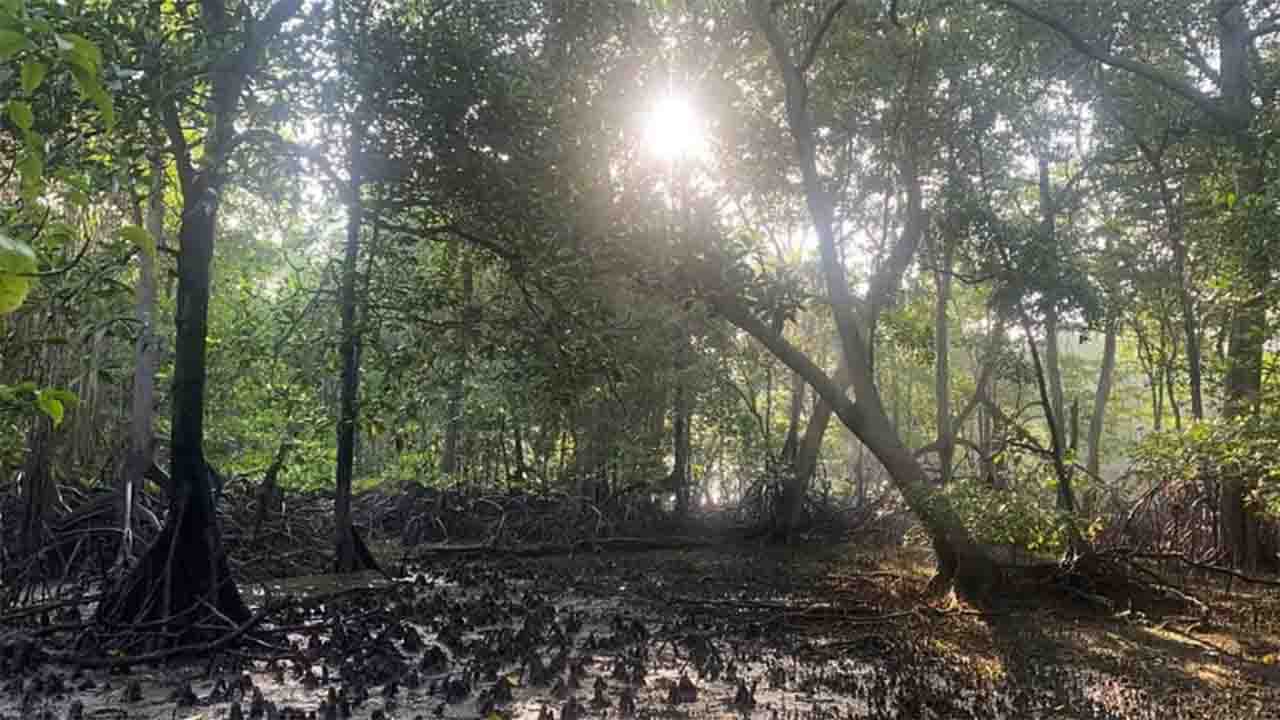SINGAPORE (Commonwealth Union)_ A recent climate projection citing progressively hotter days and the inevitable rise of the mean sea level has painted a gloomy picture for the flora and fauna at risk.
Conservation advocates are sounding the alarm on the increasing threat to these habitats and the species within them, while calling for a nation-wide effort to reduce carbon emissions and protect the precious pockets of nature.
Ecosystems in low-lying areas are particularly susceptible to rising tides that are brought by climate change. Among them are Singapore’s mangrove forests, crucial to a plethora of local wildlife.
Mr Lester Tan, a member of the Nature Society Singapore (NSS), a non-government conservation organisation stated that with the rising sea level, they would lose their sedimentation, and without sedimentation, the mudflats and mangroves may not keep up with the sea level rise.
He warned that the nation’s mangroves could potentially drown if the sea level rises by merely one metre – a scenario that could become a reality by the year 2100, according to the latest National Climate Change Study.
Updated projections from the report, which was released on 5th January, said the mean sea level around Singapore will rise even higher than previous estimates.
The findings from the Center of Climate Research Singapore are based upon three climate change scenarios of low, medium and high carbon emissions.
In the worst case scenario, the increase in mean sea level has been projected at between 0.54m and 1.15m, which could spell trouble for mangroves and other coastal habitats.
Mr Tan said that sandy shores, mudflats, coral reefs and seagrass meadows which act as a nursery for many fishes and marine organisms will be largely affected, which means future generations may not be able to enjoy the nature reserve areas like Sungei Buloh.
The mangroves’ demise would also affect native species like the mangrove horseshoe crab, which is already listed as vulnerable.
Also read :
This crab is endangered in Singapore
These prehistoric horseshoe crabs have been around for the past 400 million years, and were to be found in abundance in Singapore until urbanisation drove down their numbers.
The freshwater crab, a critically endangered crab that is found only in Singapore, faces the risk of extinction if temperatures continue to rise and their habitats dry up.
NSS President Dr Yeo Seng Beng said that it was difficult for freshwater crabs to swim across the sea to Malaysia or Indonesia, so they are stuck here.
It is also critically endangered globally and hence could easily go extinct.
Losing these habitats puts other wildlife also at risk of losing shorelines to breed, nest and feed, including the endangered hawksbill turtles that come in on the tides.
Migratory birds flying in for the summer, making up about half of all birds found in Singapore, will also be affected.
They include the Common Redshank, the Eurasian Whimbrel and the Pacific Golden Plover, which are common visitors to the nation’s mudflats and coastal areas.
Dr Yeo stated that diminishing nature means they will lose their foraging ground along their migratory routes.
In ecosystems, every species is interconnected. Disappearing nature could cause substantial problems for humans as well.
Mangroves are able to absorb carbon dioxide from the atmosphere four times more efficiently than other forest types, and store that carbon for thousands of years in their waterlogged soils.
They also protect coastlines by breaking sea waves during storm surges and hence help shield seagrass beds and coral reefs from the effects of siltation.
The National Parks Board (NParks) is putting in place measures to protect some of these critically endangered species.
For instance, the agency last year successfully bred freshwater crabs in captivity and released them into the wild in hopes of establishing more colonies in nature sites around the island.
Advocates said that aside from government initiatives, Singaporeans must also do their part.








